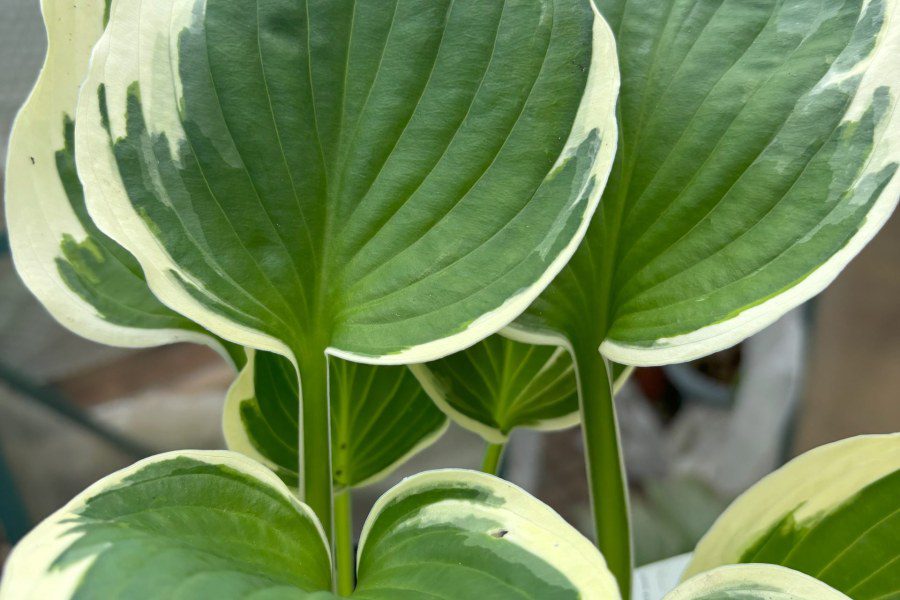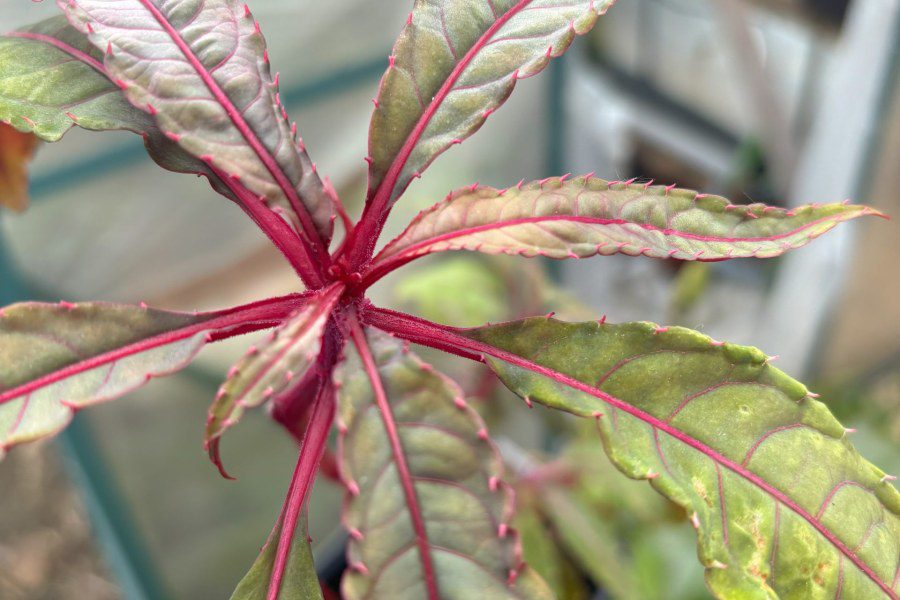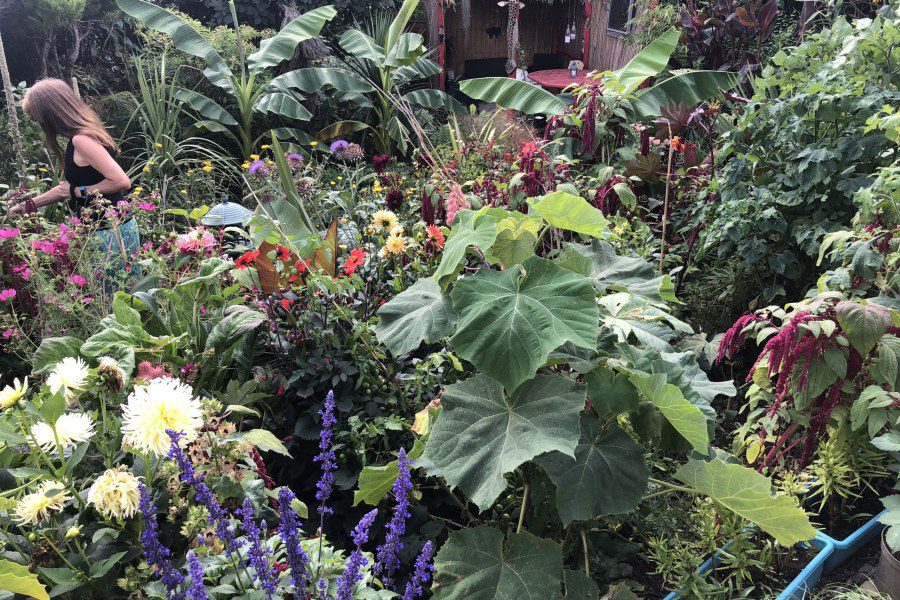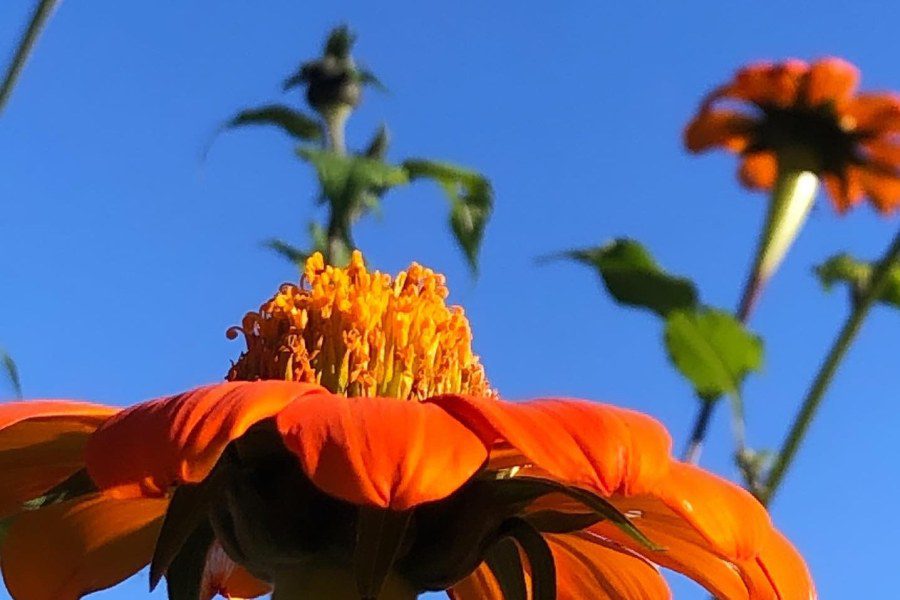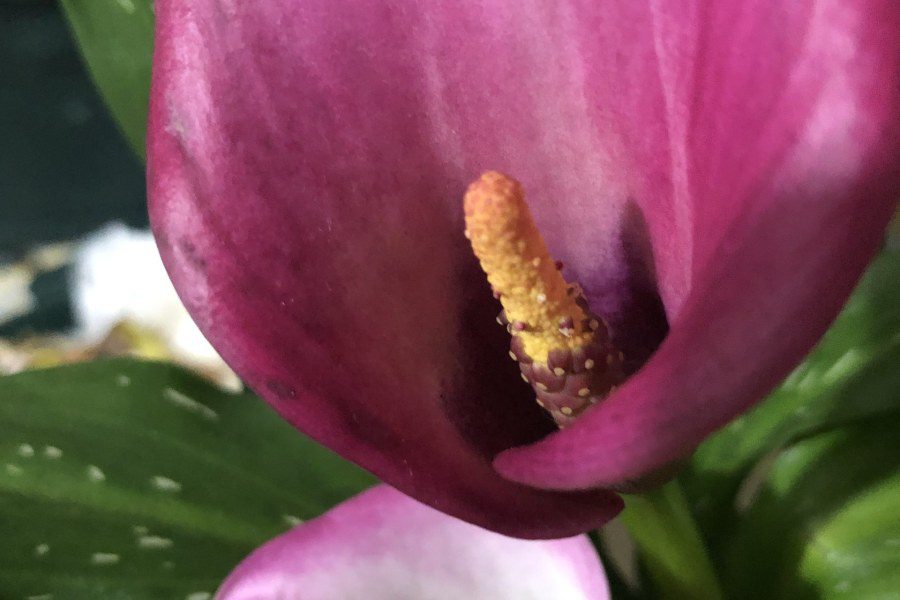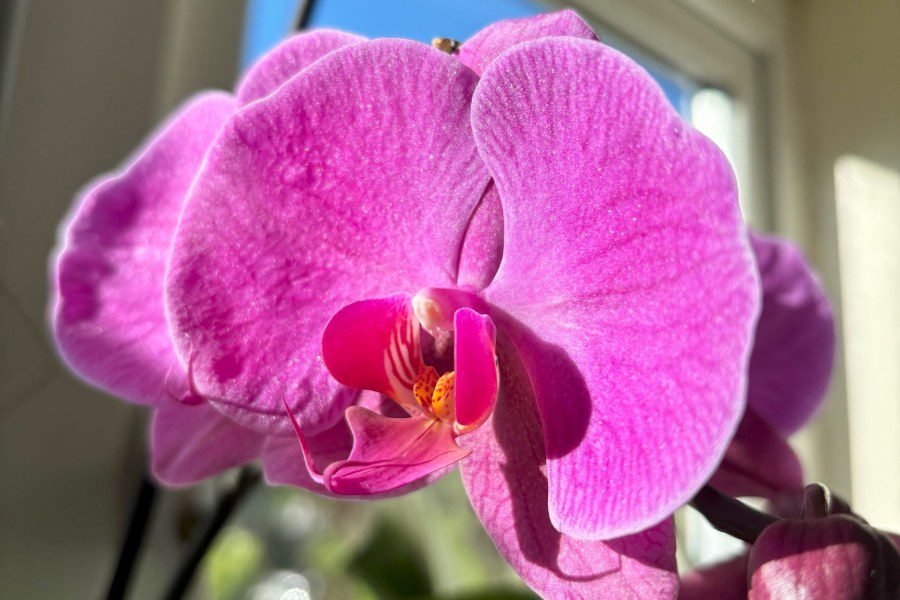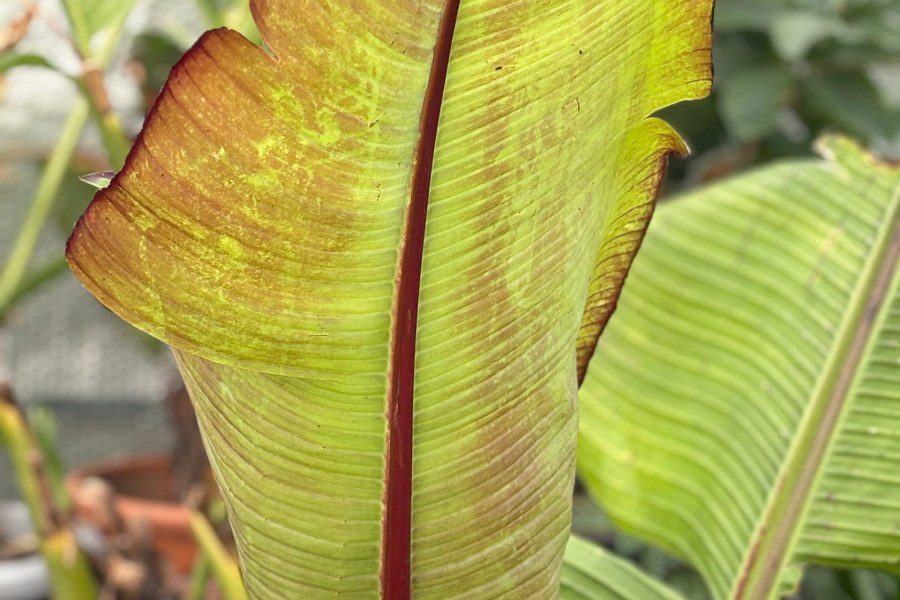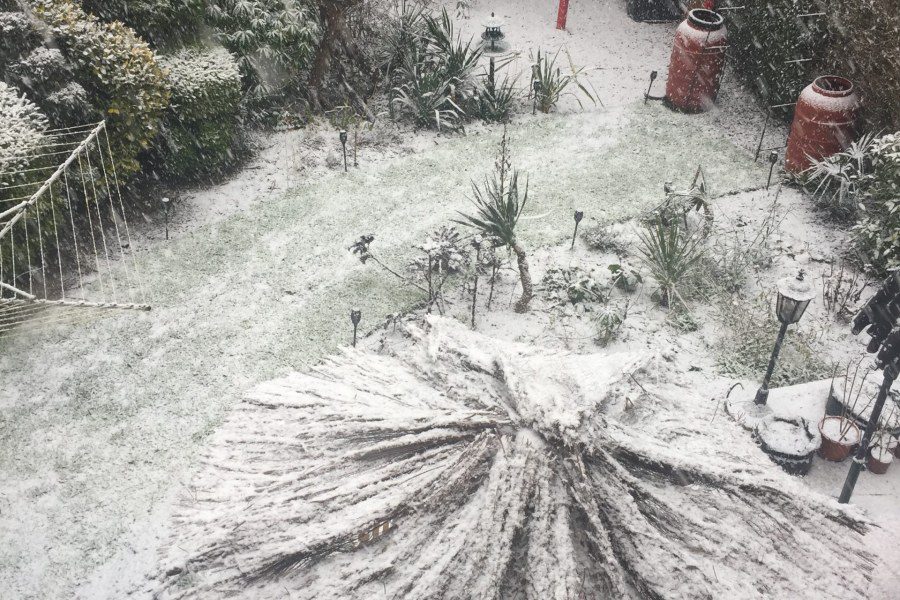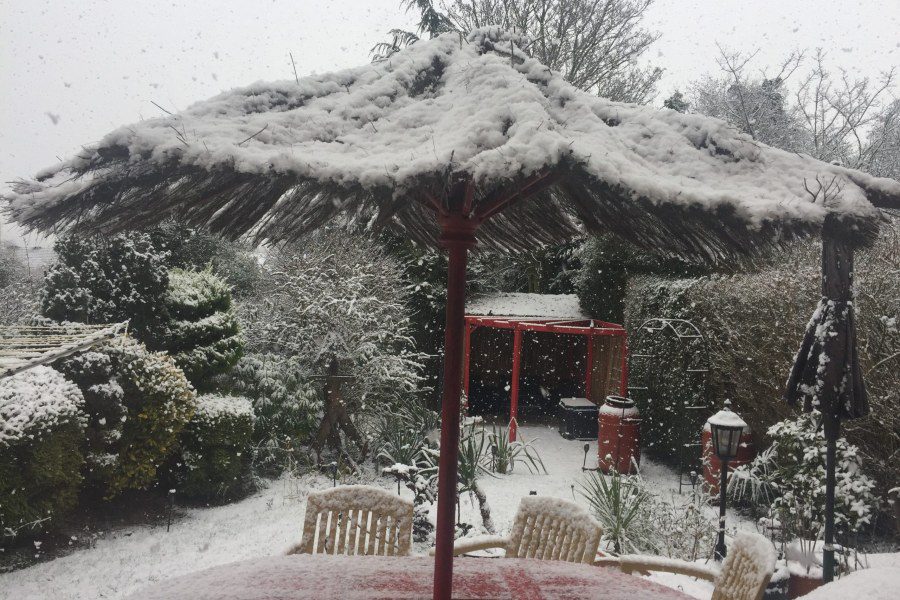If your outdoor plants keep dying, there could be multiple factors at play. Understanding these factors and addressing them can significantly improve the health and longevity of your plants. Here are some common reasons why outdoor plants may be dying ...Read more
Tropical Gardening Latest Questions
Tithonias, commonly known as Mexican sunflowers, are cherished for their vibrant blooms and ability to attract pollinators. While Tithonia rotundifolia is the most widely known species, several varieties and cultivars offer different colors, sizes, and bloom times to suit various ...Read more
How do you take care of a calla lily plant? Calla lilies are elegant and relatively easy to care for. Here are some general tips to keep your calla lily plant healthy: Light: Calla lilies prefer bright, indirect light. Place ...Read more
How often do orchids flower? That depends on various factors including the species of orchid, its growing conditions, and care it receives. Generally, most orchids have a natural blooming cycle that can range from once a year to several times ...Read more
Harden off plants might sound like a perplexing gardening term, but it’s a crucial step for the health and resilience of your green companions. Whether you’re nurturing seedlings indoors or bringing home nursery-grown plants, acclimating them to outdoor conditions before ...Read more
Understanding the suitability of plants for different climates is essential for successful gardening and landscaping. Two widely used systems for determining climate suitability are the Royal Horticultural Society (RHS) Hardiness Ratings and the United States Department of Agriculture (USDA) Plant ...Read more
USDA zones applicable to the UK along with their corresponding temperature ranges: USDA Zone 5a: -15°F to -20°F (-26.1°C to -28.9°C) USDA Zone 5b: -10°F to -15°F (-23.3°C to -26.1°C) USDA Zone 6a: -5°F to -10°F (-20.6°C to -23.3°C) USDA Zone 6b: 0°F ...Read more


